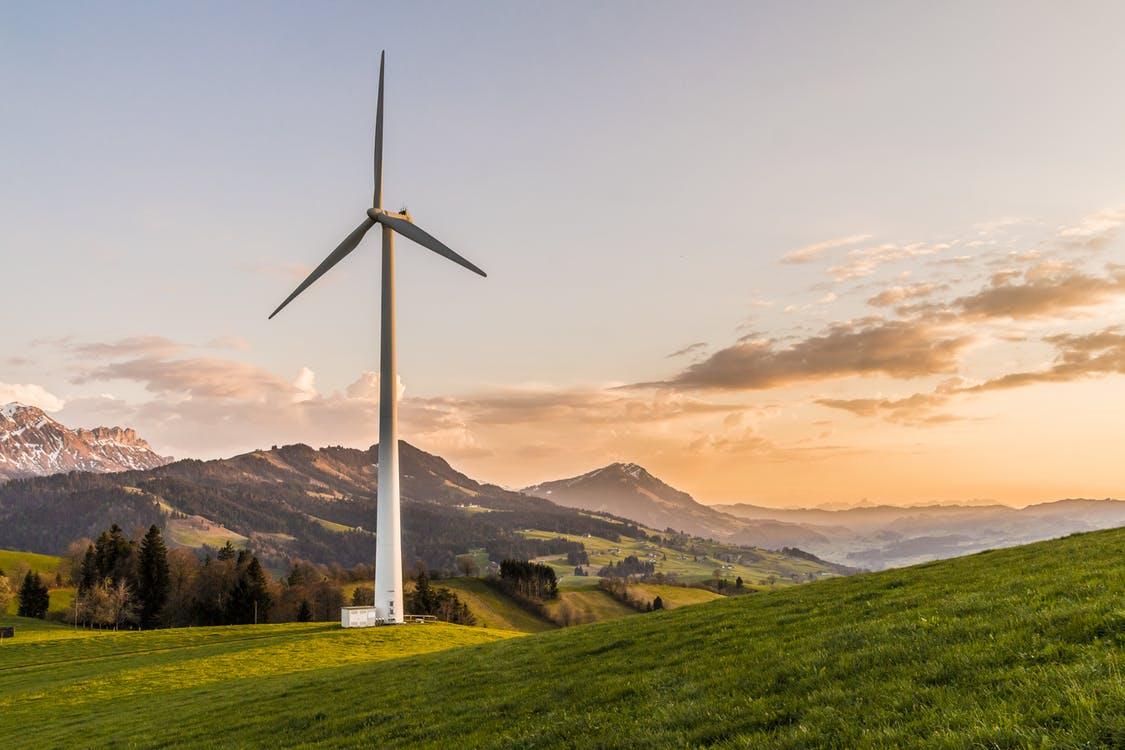Table of Contents

The construction of eco-friendly homes is on the rise, as millennials look for housing and changes in what consumers are looking for from their homes emerge. Eco-friendly homes, if you’ve not already guessed from the name, are homes that have a low impact on the environment. Below is a look at the environmental benefits of eco-homes and at popular types of eco-homes.
The benefits of eco-friendly homes
Living in an eco-friendly home can give you a clear conscience, knowing that you’re doing your utmost to take care of the world around you. Here are some of the environmental benefits of living in an eco-home:
Energy efficiency
Energy sources are depleting each day, which is what causes energy prices to rise. An eco-friendly home, however, consumes less energy than a regular home. You can use solar energy and install solar panels to lower your costs and keep your home more environmentally friendly.
Efficient use of water
One of the modern priorities of eco-friendly homes is that of saving water. As the population increases, the supply of usable or drinkable water is decreasing. Green homes use different sources to give you a clean and usable supply of water, and to reduce the wastage of water.
Lesser carbon footprint
‘Carbon footprint’ refers to the amount of carbon dioxide a person’s actions or interactions cause them to release into the atmosphere. Eco-friendly houses are highly effective, if not the most effective, when it comes to reducing carbon footprint, the greenhouse effect and the damage to the ozone layer.
Features of an eco-friendly home
Eco-friendly homes have some distinctive features:
Good insulation
Insulation is important in an eco-friendly home because not only does it reduce your energy bills, but it also cuts your carbon emissions. Today, there’s a range of natural eco-friendly alternatives to traditional insulation materials. Sheep’s wool, cotton and recycled plastic are all examples.
Water conservation
Eco-friendly homes often have rainwater harvesting systems so you can water your garden, wash your car, or even use the toilet and save gallons of water. They may also have low flow taps and shower heads to help you save even more water.
Renewable energy
Humans’ overreliance on non-renewable sources of energy is having a hugely detrimental impact on the planet. In an eco-friendly home, however, you can install a solar panel, biomass boiler or heat pump to generate your own energy. Although the investment is expensive, it pays for itself over the years due to the savings you’ll make on your energy.
Smart technology
In an eco-friendly home, you’ll put smart technology to good use. You can use smart thermostats that regulate temperature based on your daily routine and can turn off the heating when you’re at work. Smart lighting is also another handy feature. You can program it, or it can turn off when you have left it on by accident.
Types of eco housing
There are several different types of eco-friendly housing you can try if you don’t wish to live in a conventional home. Here are some examples:
Earth-covered homes
Earth-covered homes are built underground, are less susceptible to weather conditions and are quiet. Their location under the ground makes them more affordable to heat and cool.
Prefab homes
Prefab homes are built off-site and then shipped to you. You then install and assemble them. The prefab nature of these homes cuts down on wastage.
LEED homes
Leadership in Environmental Energy and Design (LEED) homes are well-built and designed to withstand extremely harsh weather… catastrophic weather even. They use safe building materials to maximize indoor fresh air and minimize toxins. They’re also energy efficient and reduce water consumption.
Consumers are demanding more environmentally friendly homes, and the industry is doing its best to produce them. If the homes above aren’t to your tastes, you may wish to purchase a container or hut and transform this into an eco-friendly home instead.







